Developing a Strong Novel Concept Starting with an Archetype
We’ve been starting to explore archetypes on Monday’s section on novel writing. I talked about some of the basic archetypes a writer might borrow from when developing characters, and I gave a series of questions you might ask of your character, to start identifying qualities that might tend to a particular type.
You might wonder if you have to stick closely to the standard archetype or if you can mix it up. Sure, characters can have bits of one or another. But the aim here is to identify those dominating markers and to choose archetypes that best serve your plot.
Starting Novels with a Character Type
Some writers begin their novel-brainstorming process based on a character type. When I put together my 12 Key Pillars of Novel Construction Workbook, I decided to take a random idea and build it into a solid concept, fleshing it out through the workbook as an example, to help writers along with the process.
I’d had this idea in my head for months, and I can’t wait to actually write the darn thing (it’s about fourth or fifth on my novel to-do list). My idea was centered on a type of character—my favorite: the Messiah archetype.
To me, this is the most powerful archetype. Why? Because it’s all about sacrifice, which is what heroes are all about. However, this particular archetype often sacrifices for those who are undeserving. Or those who are unappreciative of the sacrifice. It goes beyond the typical hero sacrifice, with Jesus as the icon of this type—someone blameless who gave his life to ransom those unworthy.
So for my Lighting Man novel, I pictured a man who’d been struck by lightning eleven times. I’m fascinated by lightning and by the weird ways it works. And I love the potential for symbolism and motifs with elements of light, power, and electricity.
C. S. Lewis said this about his novel The Lion, The Witch, and the Wardrobe:
The Lion all began with a picture of a Faun carrying an umbrella and parcels in a snowy wood. This picture had been in my mind since I was about sixteen. Then one day, when I was about forty, I said to myself: “Let’s try to make a story about it.”
Just as C. S. Lewis created the first book of the Narnia series due to a picture he saw in his head, I pictured my hero standing on the top of a mountain in a lightning storm, luring a serial killer who’d taken hostages out into the open, with the intent of grabbing him when lightning struck, knowing he himself would die when the bad guy did. But it would be the only way, the last desperate measure, that my hero could save everyone.
From there, I worked on the premise and concept, the stakes and conflict, the themes, and the goal. The goal was self-evident to me (stop the bad guy and rescue the hostages). But from that germ, I began the character-developing process.
What kind of a man would be after a serial killer in the mountains (where lightning could easily strike without hindrance)? In addition to all those heroic qualities of the archetypal hero, I envisioned his career (search and rescue/SWAT team experience) as a park ranger.
The closest archetype for my hero was Osiris, the Male Messiah. His motivation is a desire to be connected to something greater than himself, and he battles demons and is driven by a sense of purpose or destiny.
This defined my character perfectly. For he is driven by both his inner demons (guilt over his brother’s death, due to lightning striking in the metal rowboat they were in as children) and his outer demon: lightning personified. I came up with the unique idea to make the lightning his nemesis, a story of animism, shifting this into the paranormal genre.
So while there are many ways to come up with a strong concept for a novel, often times starting with a character with a strong alliance to a particular archetype can be the ticket.
You might study up on various archetypes with the idea of using it as a springboard for your premise and plot. As you read about a character type, think of the things this character needs, wants, longs for. Hates, fears, hopes for. Always swing around to motivation.
From there, brainstorm situations you might put him in that have high stakes. Play with both personal and public stakes. Think about genre and what kind of story you might develop.
If you already have a genre in mind, that provides a framework for that character. When you look at the potential character arc (see last week’s post), that should give you great ideas for themes.
All in all, this method of brainstorming in centered on those four corner pillars I keep talking about: Protagonist with a goal, Concept with a Kicker, Conflict with High Stakes, and Theme with a Heart.
I can’t emphasize this enough: you need to nail these corner pillars before you go too far with your story idea. If any of them is weak, your story won’t hold up. Genre doesn’t matter.
Get my 12 Key Pillars book, or read the blog posts on the four corner pillars, or, best yet, take my online video course (about 4 hours long) because it will really help you get this.
So, consider playing with plots and premises once you come up with an archetype you’re drawn to. It may be your nemesis character that gives you your premise. Or another secondary character.
Themes and Archetypes
Most of my novels start with a germ of an idea centered on the themes I want to explore. This easily segues into archetypes, for the obvious next step when choosing a theme is coming up with the perfect character to embody that theme.
With my novel Someone to Blame, (theme is obvious, right?), I not only needed someone to blame, I needed characters who blamed. Before I did any plotting at all, I listed the types of things my antagonist (antisocial, drifter, troublemaker Billy Thurber) might be blamed of when wandering into the small coastal town of Breakers.
That list of crimes (arson, rape, theft, kidnapping, blackmail, murder) then forced me to think of all the characters types that might blame Billy for each of those crimes (a sleaze-bag motel owner looking to cash in on a fake insurance claim, a young teenager girl who is lonely and angry at her father, etc.).
I then had to come up with my hero for the story—the one who would champion and defend Billy. She would have to align with the Nurturer archetype, and so I came up with Irene, a mother who’d lost two sons, and whose heart easily yearned to help this wayward young man who was much like her older son.
I hope you see how you can begin with an archetype and flesh out a strong story around that, or you can play with a theme, then come up with the archetypal characters that can both embody and oppose your thematic elements.
Does this give you some ideas? What kind of story concept are you working on, and do you see a way to bring in archetypes or use them to make your idea stronger? Share in the comments!

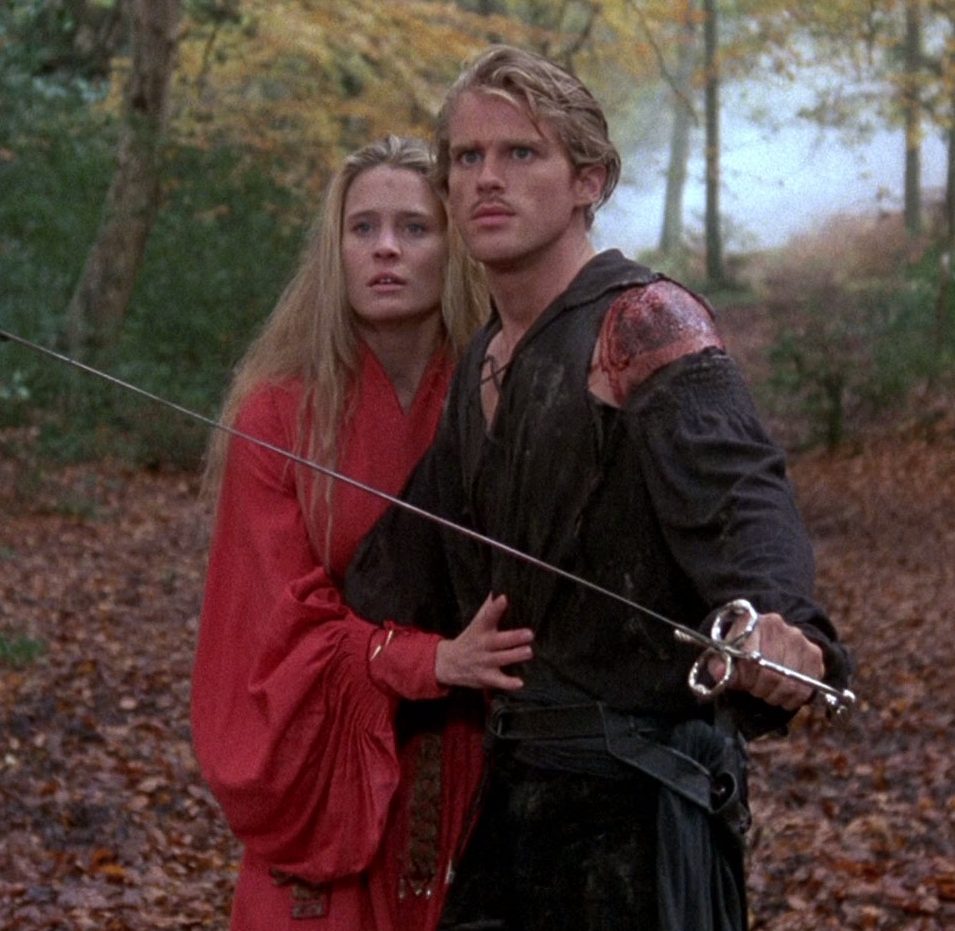
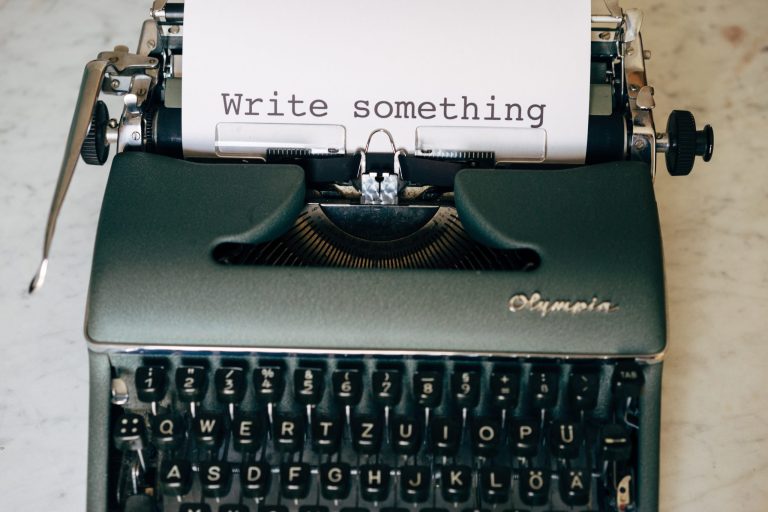
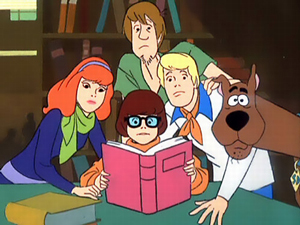
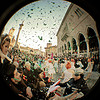
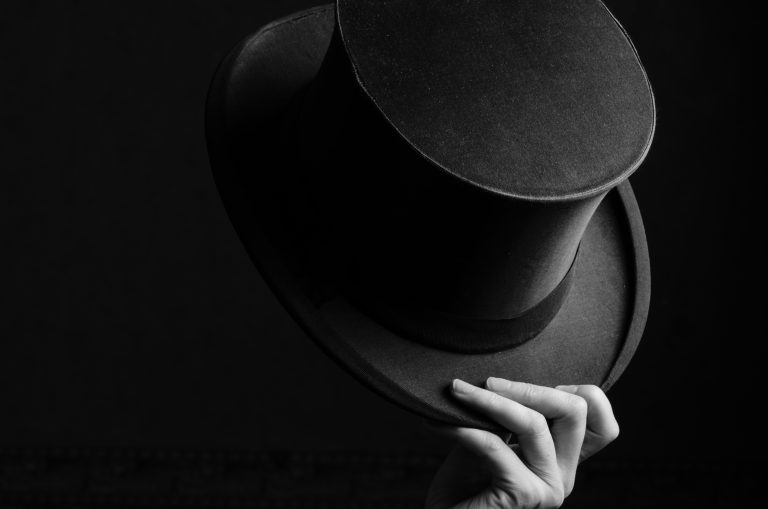
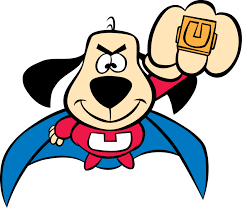





Perfect timing. I’m creating a new mystery series, and have been deciding on the protagonist’s essential character. I have learned that it starts with a strong character. Thanks for the post.
I’m not sure if it’s technically an archetype but many of my protagonists, including the one in the story I am writing now, are young men either about to make some new discovery in their lives or are being led to such a discovery, by an older, wiser guide. You can call these coming-of-age characters, I guess. What I will do, though, when I get concerned that I may be building characters that are similar to each other in different stories, is identify the similarities that bother me then create a big difference in the story I happen to be writing at the moment. I think that takes the character away from its archetypal base. But it does make them stand out on their own as a genuinely developed character. Thanks for sharing your character outline. Jay